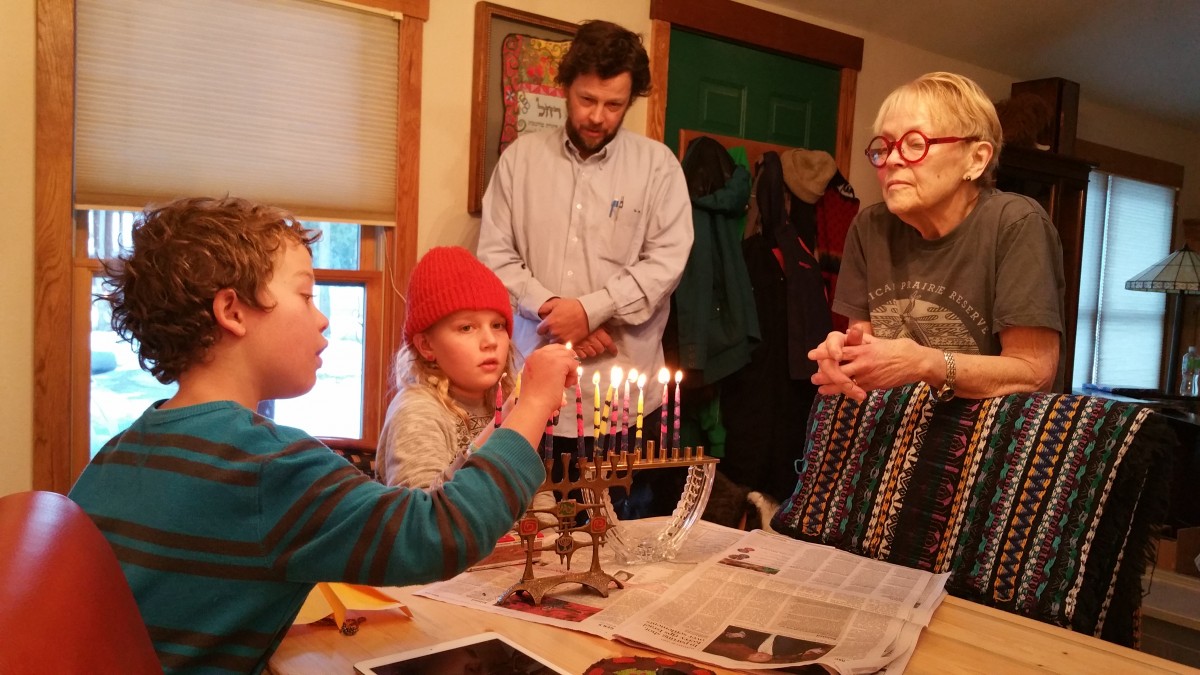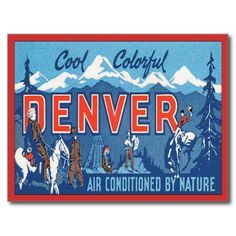Samain and the Moon of Thanksgiving
Sunday gratefuls: Paul’s birthday. Mark Ellis. Mary. Diane. Rigel, keeping me warm. Dr. Bachtel. Cod fingers and steak bits. Onion and Cucumber salad. A Colorado blue Sky day. Colorado road builders. Jeffco snowplow drivers. Whoever invented concrete and macadam. Britain. Wales. Scotland. England. Isle of Man. Druids. The Holy Isle. Castle Conwy. Hawarden, Wales. St. Deniol’s residential library. Chester, England. Horse racing there.

I have my toe in the Christmas Spirit pond. Not fully there, but it’s coming. Feels wonderful. Getting ready to dive into some research on Yule and the Winter Solstice. Where most of the Christmas traditions originate. I love learning about Celtic and Northern European religious traditions. Their pantheons. Their myths and legends. Snorri Sturluson. Wagner’s Ring Cycle. Tolkien’s work. Beowulf. Not sure why but these traditions resonate with my inner life. As does Taoism and the lifeways of the Japanese. Much more so than the New Testament or the Torah. Seems strange that it would be so. But, it is.
Even Diwali and Holi. I’d like to experience Holi at least once. Throwing colored powder at each other to celebrate the riotous colors of spring and the triumph of good over evil? Yes. Messy, beautiful, ecstatic.
Buddhism doesn’t do it for me either. Except certain aspects of Tibetan Buddhism. Yamantaka. Bardo. Again, not sure why. Thin soup for me.
Those traditions that find animacy everywhere like Shinto, many Native American traditions. Yes. Roman and Greek myth, legend. Yes, not in a soul way, but as story, as ancient layers below this civilization in which we live.
Perhaps my soul never left the time into which it was born. Maybe during the journey out of Africa when all things were miraculous. When all things moved and lived and had their being right alongside those of us on pilgrimage to humanity’s future. Or, maybe some shamanic ancestor moved directly into this body. Wondering what it was like far from his or her time.
 Whatever the explanation. Once I began to see, and then shed, the totalizing myths I’d been steeped in from birth… Well. I can’t unlearn the fragile and human created nature of them. The scent of fear in them, attempting to make certain an uncertain world. Building meaning for lives out of tissue paper and sealing wax. Like the Catholics who built their English churches over Celtic holy wells. Tried to absorb enough of the Faery Faith to draw the Celts away from their pagan practices. It worked. For a while. As Judaism and Islam work for a while, for many. Zoroastrianism.
Whatever the explanation. Once I began to see, and then shed, the totalizing myths I’d been steeped in from birth… Well. I can’t unlearn the fragile and human created nature of them. The scent of fear in them, attempting to make certain an uncertain world. Building meaning for lives out of tissue paper and sealing wax. Like the Catholics who built their English churches over Celtic holy wells. Tried to absorb enough of the Faery Faith to draw the Celts away from their pagan practices. It worked. For a while. As Judaism and Islam work for a while, for many. Zoroastrianism.
Not sure about Hinduism. It seems to want those most early, most primal connections with this place. Great stories like the Ramayana and the Rig Veda. I don’t know it well enough. Maybe never will. The Mahabharata. Many mystical practices. Lots of color and fun. Also, the dark side of caste, of killing Muslims.
 This month though, the time of deepest darkness, has inspired so much wonderful music. Story. Celebration. At least for those of us in the temperate latitudes. And, I revel in it. Going down with the longest night into the well of my soul. Coming out to light an evergreen tree, hang mistletoe, holly and ivy. Santa Claus. Elves. Snow. Cold. Icicles. Sleighs. Horses with halters. Fire up the yule log. Wish I could lift a glass of grog, or ambrosia, or single malt scotch. But, alas no.
This month though, the time of deepest darkness, has inspired so much wonderful music. Story. Celebration. At least for those of us in the temperate latitudes. And, I revel in it. Going down with the longest night into the well of my soul. Coming out to light an evergreen tree, hang mistletoe, holly and ivy. Santa Claus. Elves. Snow. Cold. Icicles. Sleighs. Horses with halters. Fire up the yule log. Wish I could lift a glass of grog, or ambrosia, or single malt scotch. But, alas no.
Guess this is my Sunday unsermon. Leaving one way and seeking others.





 This change in the human population has changed both the physical and political landscapes. The number of hard rock mines here, hard rock mines with toxic runoff and piles of toxic tailings literally dot the mountainous part of the state. After the Indian wars, the settlement of Colorado got a big push from Eastern mining and railroad interests, plus one pulse of gold diggers. Pikes Peak or bust. Most, almost all, busted. There was gold here. And silver. And magnesium. So many minerals that a college, The Colorado School of Mines, has taken a storied place in both the states recent past and mining around the world. The mines, the railroads, even the stockyards that grew up around the ranches and the confluence of north/south rail lines, were not locally owned, nor locally controlled. Colorado was, back then, a vassal state of financiers, industrialists, and railroad owners like James J. Hill.
This change in the human population has changed both the physical and political landscapes. The number of hard rock mines here, hard rock mines with toxic runoff and piles of toxic tailings literally dot the mountainous part of the state. After the Indian wars, the settlement of Colorado got a big push from Eastern mining and railroad interests, plus one pulse of gold diggers. Pikes Peak or bust. Most, almost all, busted. There was gold here. And silver. And magnesium. So many minerals that a college, The Colorado School of Mines, has taken a storied place in both the states recent past and mining around the world. The mines, the railroads, even the stockyards that grew up around the ranches and the confluence of north/south rail lines, were not locally owned, nor locally controlled. Colorado was, back then, a vassal state of financiers, industrialists, and railroad owners like James J. Hill.